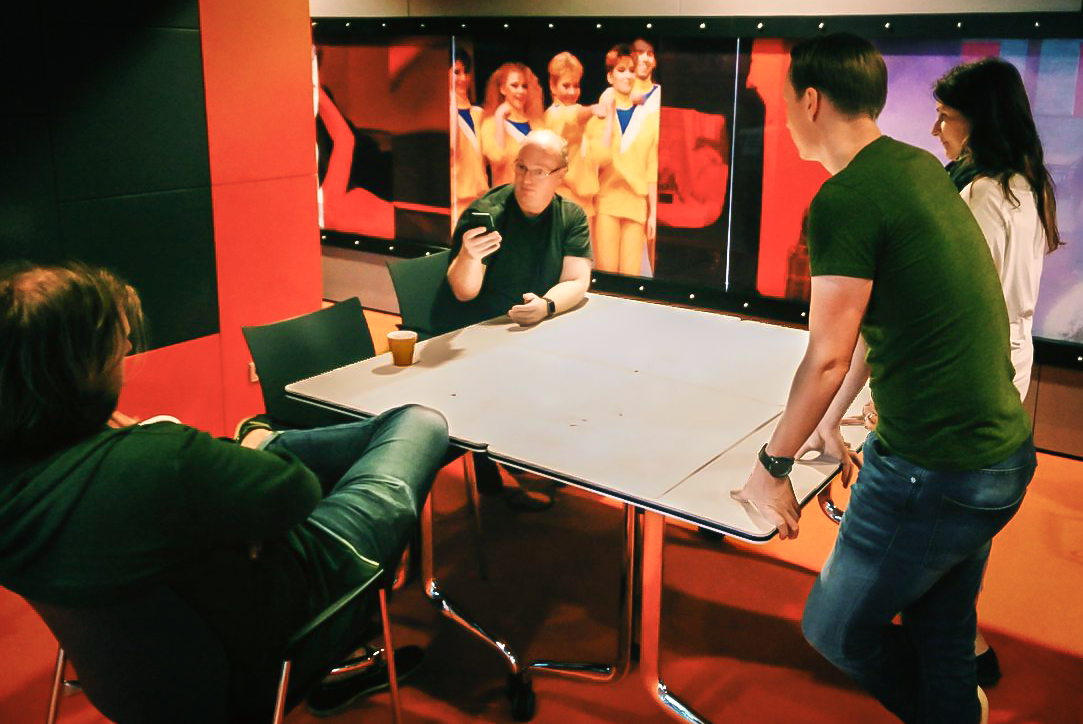Pop-Up Museum

Multiscreen museum installations based on HTML5
Noterik is finding more and more avenues to apply its multiscreen technology, focussed around the powerful concept of connecting mobile devices to larger screens, all just done with using simple HTML5.
The latest example of how Noterik technology can be used for rapid development of multiscreen applications is the Pop-Up Museum. The product will make it easy to build an interactive exhibition, that can be placed anywhere, designed to offer engaging digital cultural experiences to visitors at museums and art galleries, but also at locations such as waiting rooms, entrance halls, offices and classrooms. A Pop Up Museum transforms a small portion of space into an island dedicated to art and culture, where visitors or passers-by may dwell a while, using their mobile phones or tablets to bring the screen or screens to life. The application is very low-cost, uses web-standards and requires hardware (a smart screen) that is often already at hand or can be easily adapted. See here a video whereby we add audio hotspots to a picture displayed on a big screen.
The Pop-Up Museum builder is being developed in the context of the Europeana Space project, and serves as an additional pilot that supplements the various original pilots of the project (TV, Dance, Photography, Games, Museums and Open & Hybrid Publishing). For content collection we are collaborating with NTUA and using the WITH tool and Europeana is used as a rich source to insert related content.
We have just completed a series of two workshops where we have been ironing out the concept, in collaboration with several partners, such as Coventry University, the Netherlands Institute of Sound and Vision, KU Leuven, iMinds, Luce, and NTUA. We have defined a wide range of effective scenarios, that can easily be implemented in a wide range of environments, using existing storylines or creating new ones. These different types of exhibitions will be demonstrated at the Europeana Space November conference in Berlin, with at least two installations scheduled to be available to the general public, in Hilversum at Sound and Vision and at a museum in Antwerp. Noterik is all set to spend the rest of the summer and beginning of the fall to make these real-life exhibitions a success, and digital cultural exhibitions pop-up in waiting rooms a reality.
This technology is not limited to art and cultural heritage alone, but can be applied to a wide range of commercial scenarios as well, including DOOH (Digital Out of Home Advertising) and small or large scale events, using billboards and other public screens (watch video presentation). We heartily invite anyone with an idea involving screens and mobile devices interacting with each other and viewers, visitors or audiences to bring it to us and we are happy to demonstrate how easy and cost-effective it can be to bring such ideas to fruition, with nothing more than standard screens, HTML5 and the mobile devices that people carry around with them.